Mercedes E-Class Wagon vs VW ID.7 – Differences & prices compared
Compare performance, boot capacity, efficiency and price at a glance.
Find out which car is the better choice for you – Mercedes E-Class Wagon or VW ID.7?
Costs and Efficiency:
Looking at overall running costs, both models reveal some interesting differences in everyday economy.
VW ID.7 has a a bit advantage in terms of price – it starts at 46400 £, while the Mercedes E-Class Wagon costs 52600 £. That’s a price difference of around 6257 £.
As for range, the VW ID.7 performs decisively better – achieving up to 708 km, about 599 km more than the Mercedes E-Class Wagon.
Engine and Performance:
Under the bonnet, it becomes clear which model is tuned for sportiness and which one takes the lead when you hit the accelerator.
When it comes to engine power, the Mercedes E-Class Wagon has a convincingly edge – offering 585 HP compared to 340 HP. That’s roughly 245 HP more horsepower.
In acceleration from 0 to 100 km/h, the Mercedes E-Class Wagon is noticeable quicker – completing the sprint in 4.10 s, while the VW ID.7 takes 5.40 s. That’s about 1.30 s faster.
In terms of top speed, the Mercedes E-Class Wagon performs distinct better – reaching 250 km/h, while the VW ID.7 tops out at 180 km/h. The difference is around 70 km/h.
There’s also a difference in torque: Mercedes E-Class Wagon pulls barely noticeable stronger with 750 Nm compared to 679 Nm. That’s about 71 Nm difference.
Space and Everyday Use:
Cabin size, boot volume and payload all play a role in everyday practicality. Here, comfort and flexibility make the difference.
Both vehicles offer seating for 5 people.
In curb weight, Mercedes E-Class Wagon is slightly lighter – 1900 kg compared to 2180 kg. The difference is around 280 kg.
In terms of boot space, the Mercedes E-Class Wagon offers to a small extent more room – 615 L compared to 532 L. That’s a difference of about 83 L.
In maximum load capacity, the Mercedes E-Class Wagon performs slightly better – up to 1830 L, which is about 244 L more than the VW ID.7.
When it comes to payload, Mercedes E-Class Wagon evident takes the win – 645 kg compared to 465 kg. That’s a difference of about 180 kg.
Who wins the race?
The Mercedes E-Class Wagon proves to be offers a more balanced package and therefore becomes our DriveDuel Champion!
Mercedes E-Class Wagon is the better all-rounder in this comparison.
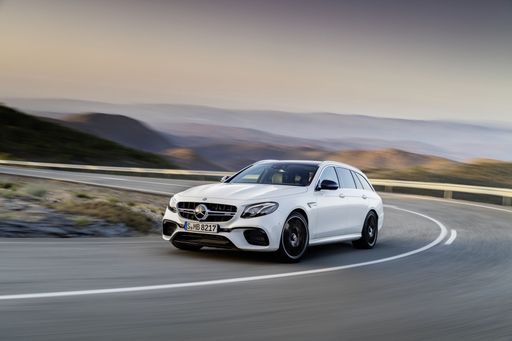
Mercedes E-Class Wagon
Mercedes E-Class Wagon
The Mercedes-Benz E-Class Wagon offers a harmonious blend of luxury and practicality, making it a favourite for those who value both style and functionality. Its sleek exterior design is matched by a sophisticated interior that provides a comfortable and spacious environment for both driver and passengers. This vehicle also boasts advanced technology features, ensuring a smooth and connected driving experience.
details @ group-media.mercedes-benz.com
@ group-media.mercedes-benz.com
 @ group-media.mercedes-benz.com
@ group-media.mercedes-benz.com
 @ group-media.mercedes-benz.com
@ group-media.mercedes-benz.com
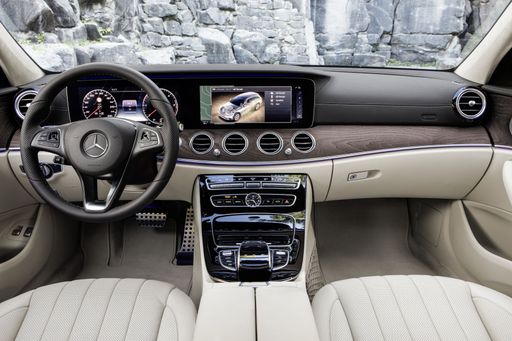 @ group-media.mercedes-benz.com
@ group-media.mercedes-benz.com
VW ID.7
The VW ID.7 represents a significant step forward in Volkswagen's electric vehicle lineup, offering an elegant design combined with advanced technology features. This electric saloon showcases a sleek aerodynamic profile, prioritising both performance and efficiency. Inside, drivers will appreciate the spacious and modern cabin, equipped with intuitive controls and connectivity features for a seamless driving experience.
details @ Volkswagen.de
@ Volkswagen.de
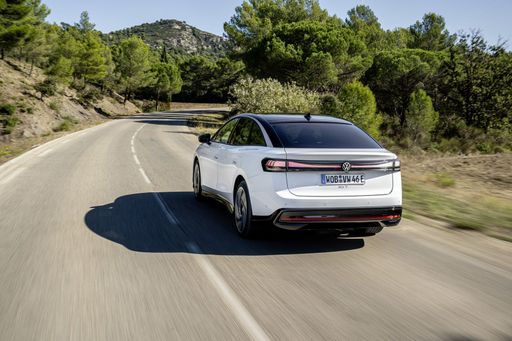 @ Volkswagen.de
@ Volkswagen.de
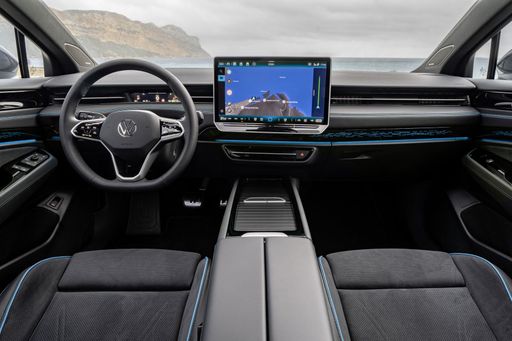 @ Volkswagen.de
@ Volkswagen.de
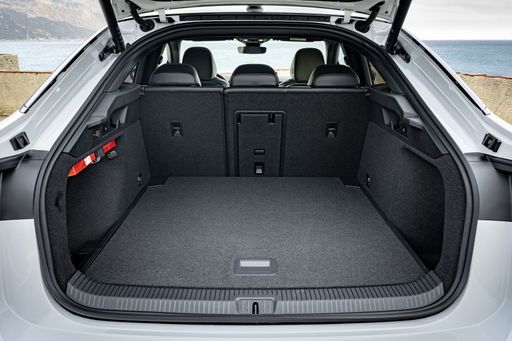 @ Volkswagen.de
@ Volkswagen.de

|

|
|
|
|
Costs and Consumption |
|
|---|---|
|
Price
52600 - 121800 £
|
Price
46400 - 54200 £
|
|
Consumption L/100km
1.7 - 7.9 L
|
Consumption L/100km
-
|
|
Consumption kWh/100km
-
|
Consumption kWh/100km
13.6 - 16.2 kWh
|
|
Electric Range
97 - 109 km
|
Electric Range
594 - 708 km
|
|
Battery Capacity
21.20 kWh
|
Battery Capacity
77 - 86 kWh
|
|
co2
44 - 181 g/km
|
co2
0 g/km
|
|
Fuel tank capacity
50 - 66 L
|
Fuel tank capacity
-
|
Dimensions and Body |
|
|---|---|
|
Body Type
Estate
|
Body Type
Hatchback
|
|
Seats
5
|
Seats
5
|
|
Doors
5
|
Doors
5
|
|
Curb weight
1900 - 2435 kg
|
Curb weight
2180 - 2325 kg
|
|
Trunk capacity
460 - 615 L
|
Trunk capacity
532 L
|
|
Length
4949 - 4959 mm
|
Length
4961 mm
|
|
Width
1880 mm
|
Width
1862 mm
|
|
Height
1469 - 1497 mm
|
Height
1535 - 1536 mm
|
|
Max trunk capacity
1675 - 1830 L
|
Max trunk capacity
1586 L
|
|
Payload
540 - 645 kg
|
Payload
460 - 465 kg
|
Engine and Performance |
|
|---|---|
|
Engine Type
Petrol MHEV, Plugin Hybrid, Diesel MHEV
|
Engine Type
Electric
|
|
Transmission
Automatic
|
Transmission
Automatic
|
|
Transmission Detail
Automatic Gearbox
|
Transmission Detail
Reduction Gearbox
|
|
Drive Type
All-Wheel Drive, Rear-Wheel Drive
|
Drive Type
Rear-Wheel Drive, All-Wheel Drive
|
|
Power HP
186 - 585 HP
|
Power HP
286 - 340 HP
|
|
Acceleration 0-100km/h
4.1 - 8.8 s
|
Acceleration 0-100km/h
5.4 - 6.6 s
|
|
Max Speed
213 - 250 km/h
|
Max Speed
180 km/h
|
|
Torque
320 - 750 Nm
|
Torque
545 - 679 Nm
|
|
Number of Cylinders
4 - 6
|
Number of Cylinders
-
|
|
Power kW
137 - 430 kW
|
Power kW
210 - 250 kW
|
|
Engine capacity
1993 - 2999 cm3
|
Engine capacity
-
|
General |
|
|---|---|
|
Model Year
2024 - 2025
|
Model Year
2023 - 2024
|
|
CO2 Efficiency Class
G, E, F, B, D
|
CO2 Efficiency Class
A
|
|
Brand
Mercedes-Benz
|
Brand
VW
|
What drivetrain options does the Mercedes E-Class Wagon have?
The Mercedes E-Class Wagon is offered with All-Wheel Drive or Rear-Wheel Drive.
The prices and data displayed are estimates based on German list prices and may vary by country. This information is not legally binding.
